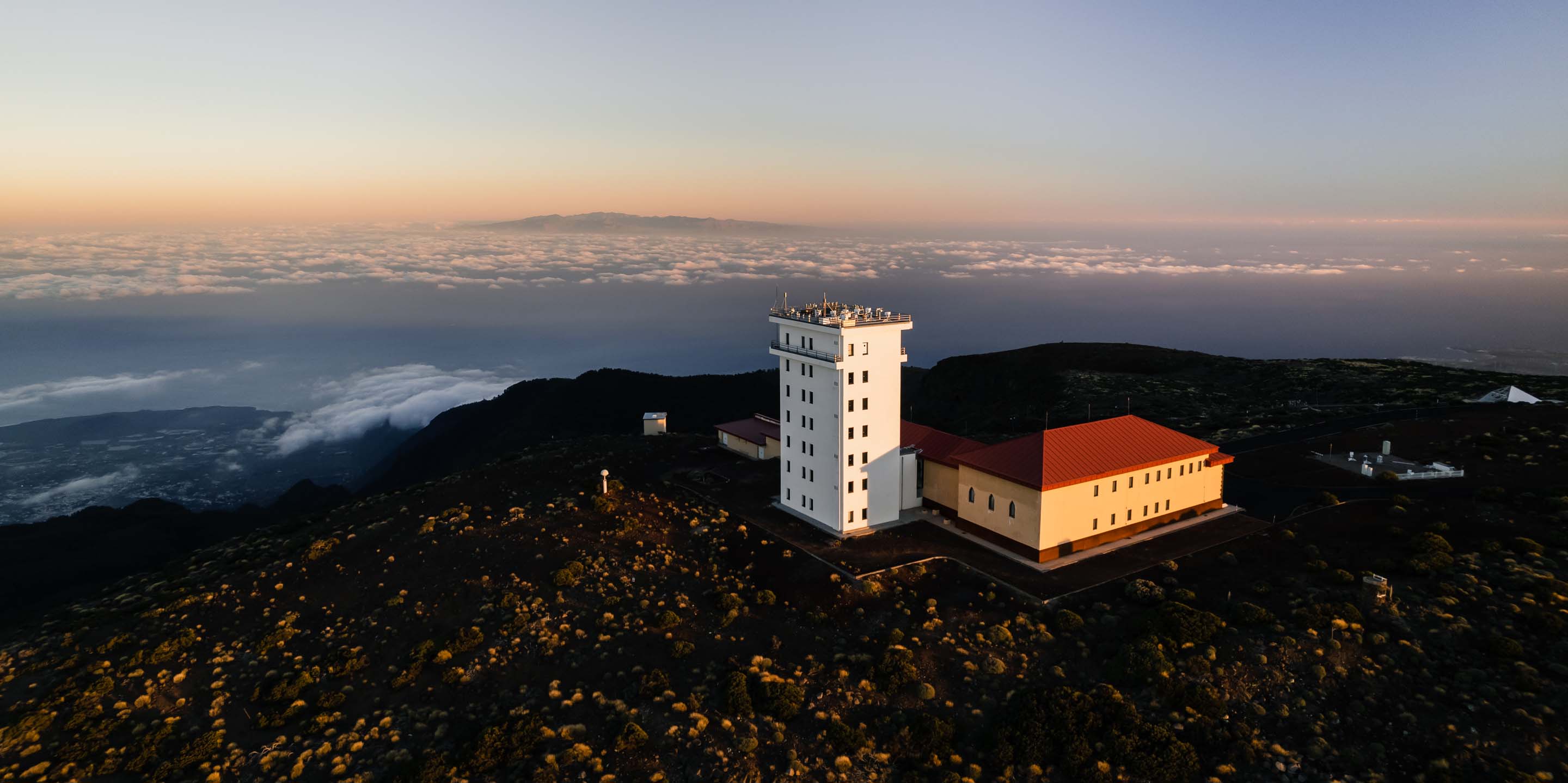
At an altitude of 2373 meters above sea level, overlooking a soft bed of fluffy clouds, the Izana observatory feels like a parallel world. Next to the peak of the mountain Teide, it is an extreme outpost for measuring greenhouse gases in a unique environment.
In the early morning, when we jump into the rental car, we have no idea of the adventure awaiting us. Behind us, we leave Puerto de la Cruz, with splendid sunshine and 26 degrees, perfect weather for a lazy day at the pool side in this touristic haven. The road up to the mountain is squiggling and the further up we go, the more extreme - and dangerous - the curves become. All we see is thick greenery, we have a roof of leafy trees above our heads and our eyes rest on a sleepy lush forest. In between the zigzagging through the woods, we need to stop, step out of the car and get some of that fresh mountain air in our lungs to calm down the nausea and motion sickness.
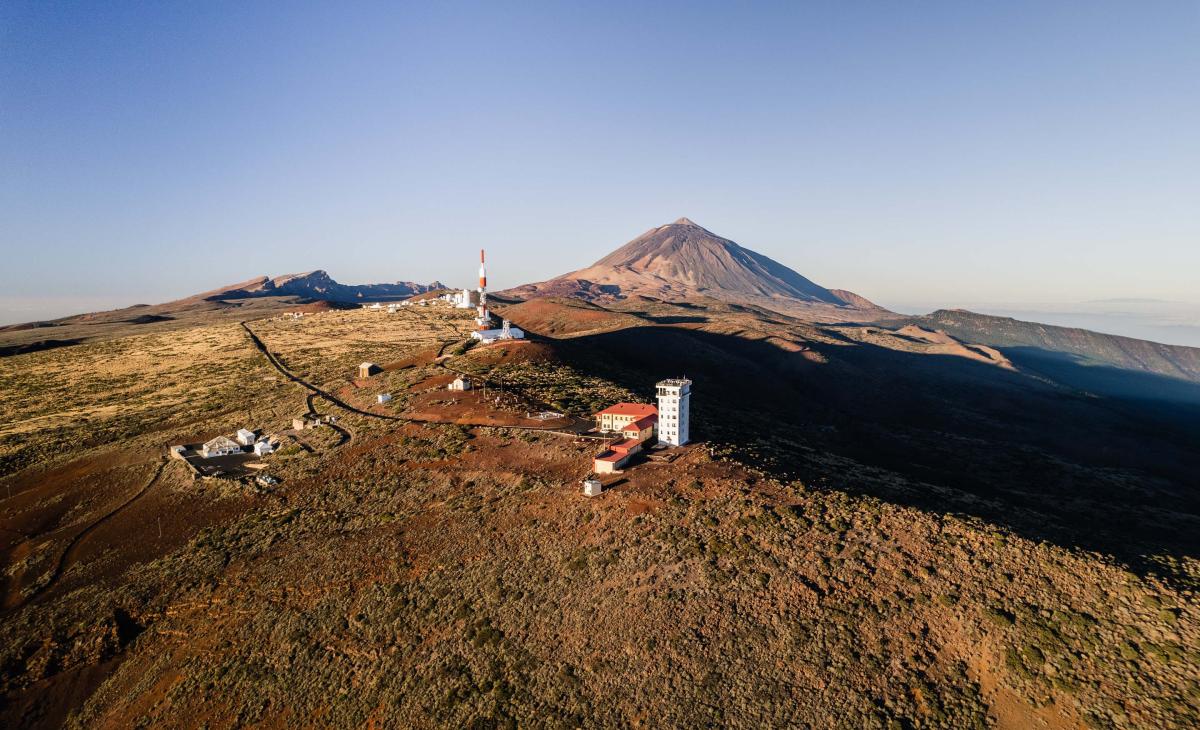
Finally, we arrive at the station, greeted by strong chilly winds and a temperature drop of 20 degrees to 6 °C. The views are breathtaking, overlooking the Teide mountain top at 3715 meters, looking down on a bed of fluffy clouds from the steep cliff we are standing on. Suddenly there is a warm voice breaking the silence: Omaira Garcia, scientist, and Pedro Pablo Rivas, station PI, show up behind the station building.
“We work in amazing surroundings at this station. We are in the Teide national park, the surroundings and the views here are just fantastic. Also from a work perspective, the location of the Izana observatory is strategic for taking measurements of the atmospheric composition in subtropical conditions in the Atlantic Ocean” says Omaira.
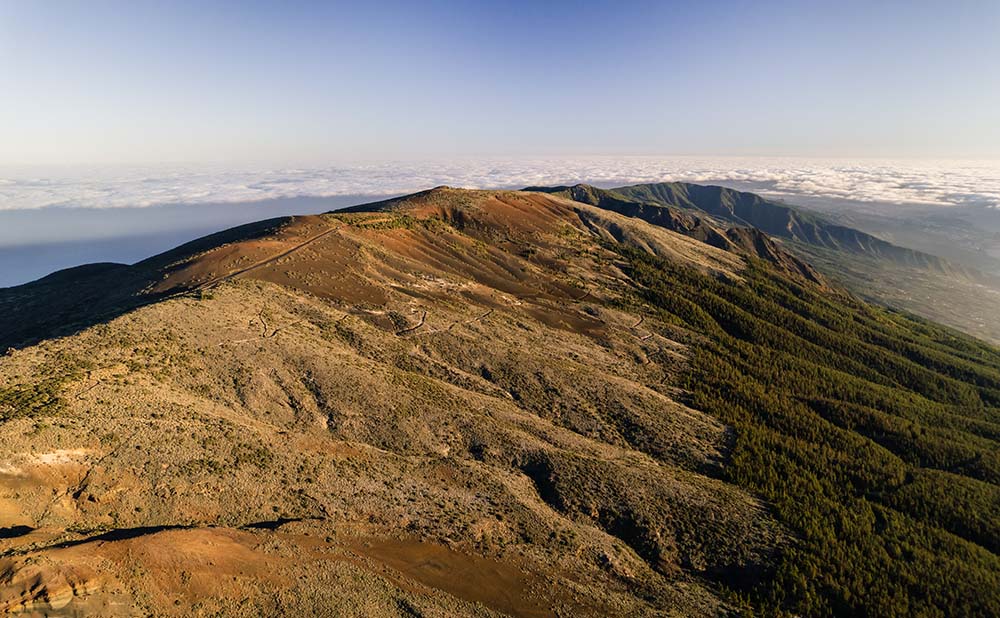
The Izana observatory is located in the island of Tenerife, Canary Islands, very close to the African continent at 300 kilometers from the African coast.
“The location is unique among the ICOS station network because it is located in a subtropical zone, near Europe but also near Africa,” Pablo adds.
Widening the geographical coverage
The Izaña Observatory started its’ operations already in 1916, as a scientific station promoted by the International Commission for Scientific Aerostation (ICSA). The first observations dealt with atmospheric optics, solar radiation, atmospheric electricity, and aerology, and soon also meteorological and climatological observations.
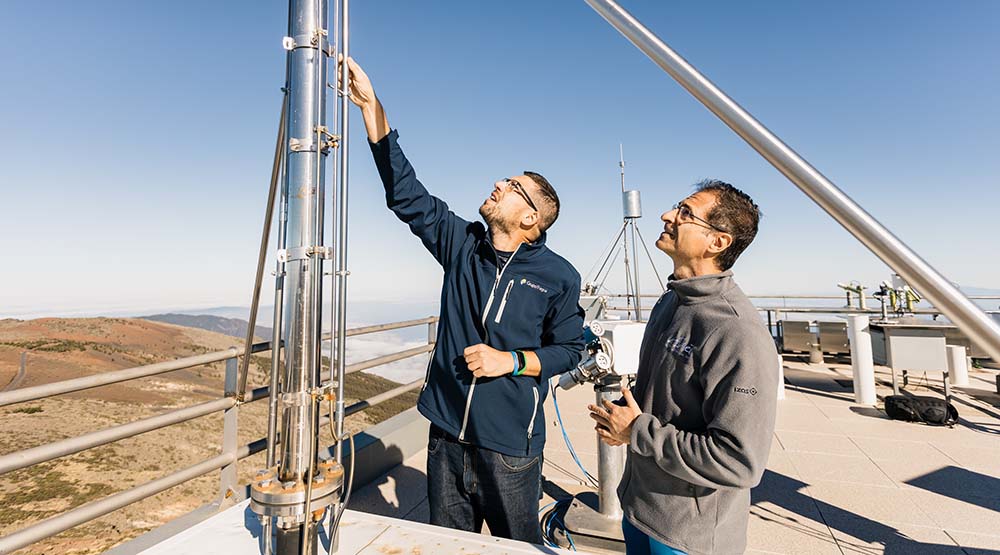
“We have a centenary experience, more than 100 years of collecting meteorological data and more than 40 years of collecting greenhouse data. Now we are becoming an ICOS station. For ICOS, we will take CO2 and CH4 measurements, which are mandatory measurements for an ICOS station. Additionally, we will take N2O and CO measurements,” says Pablo.
“I think it's a good opportunity for ICOS to widen the geographical coverage because we are in the sub tropics, so our measurements are representative of subtropical conditions, which are not covered yet by any other ICOS station. Our measurements of atmospheric composition will definitely help the international community to fight climate change since they are representative of background conditions at a global scale,” Omaira adds.
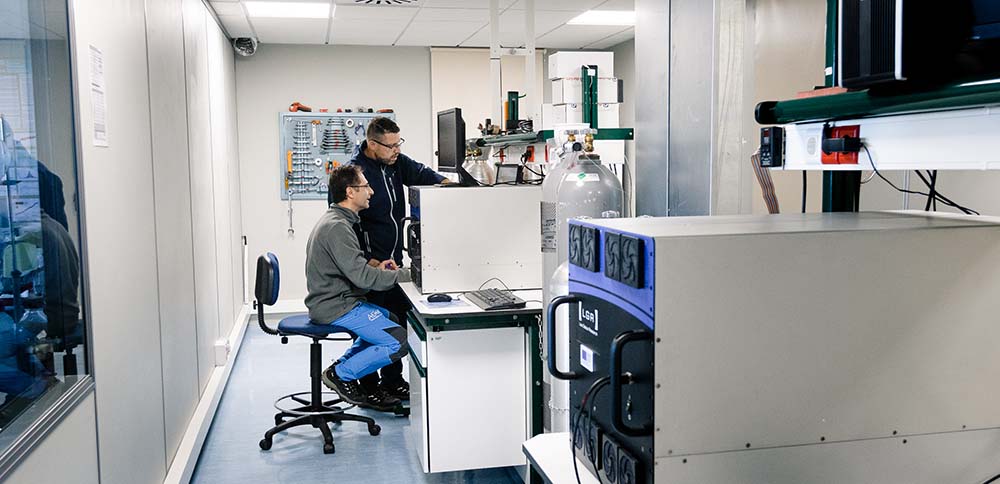
When measuring greenhouse gases, it is essential to first find out how our climate naturally behaves before we can start to detect and measure how much of eg. CO2 is released in the atmosphere as a result of human activities. ICOS stations are usually situated away from high-emission regions like cities and point sources like large power plants. This has been done on purpose, to be able to measure the concentration of CO2 in 'background conditions' and not include those due to human influence. The background stations are located in sites not directly affected by anthropogenic CO2 sources, as one of their main objectives is to measure, very precisely, long-term changes in atmospheric greenhouse gas components. A station located in the high mountains and at an island, as the Izana station, is the type of station that ensures that, for many hours a day, CO2 measurements are carried out under background conditions, corresponding to almost pure free troposphere.
Severe weather conditions bring challenges
Measuring greenhouse gases at an altitude of 2373 meters also bring some challenges.
“This is a high mountain station, so we have some severe weather with strong winds and snow in wintertime. Therefore, our instrumentation and facilities have to be prepared to withstand this kind of events,” Omaira says.
“The level of oxygen is low, the ultraviolet radiation is high here and the air is dry. The winds are usually strong, so it is more tiring to work here than in a normal office,” Pablo adds.
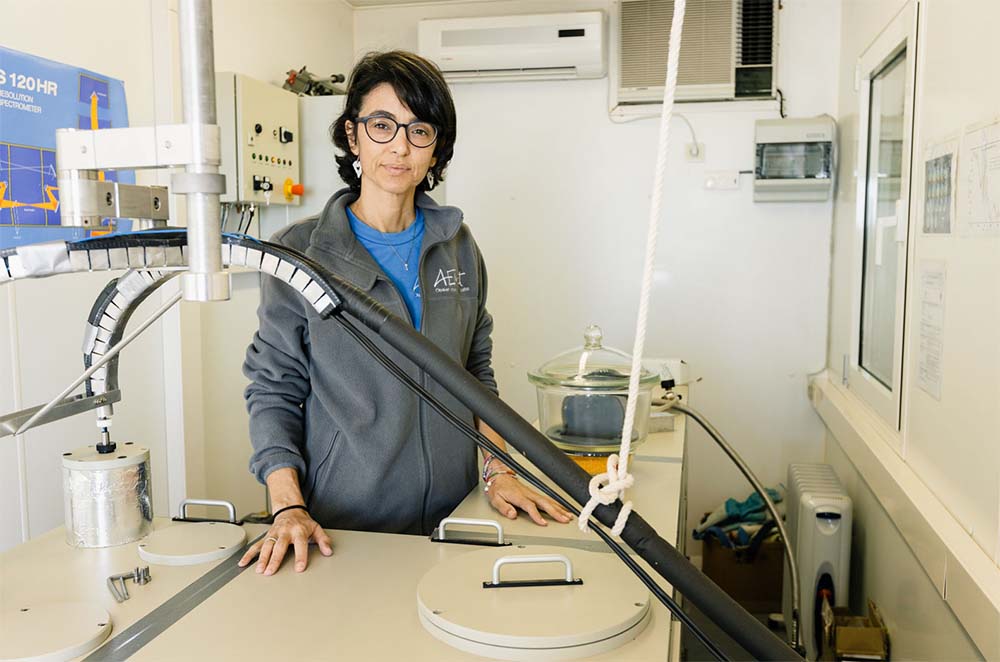
The time has come to discover the ICOS equipment up in the tower. We take multiple stairs up to the roof top of the station building, where we are stunned by the breathtaking view of the surroundings. Looking at the serene faces of Omaira and Pablo, it is clear that we have entered the sacred space of the station. We stand in silence for a while, completely marveled by the spectacular scenery, just letting the wind and the sunshine caress our faces.
“From here we can see all the Tenerife island – it is my favorite spot at the station,” Pablo says.
“My favorite things here are the sunsets, it is amazing to be here during sunset. I also love the silence. There is almost nothing around so it is really peaceful to be here,” Omaira adds.
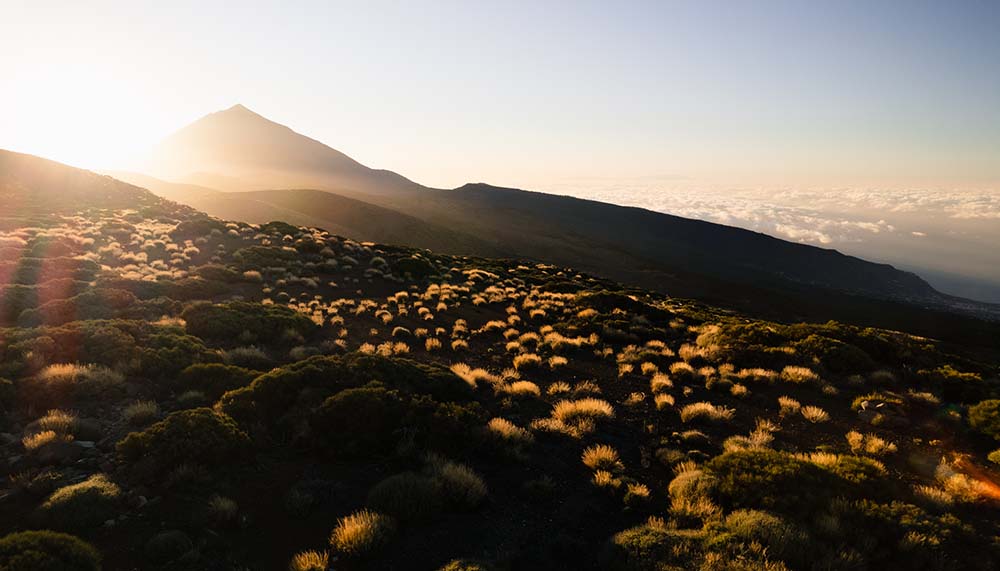
The sky is slowly turning quite spectacular, shades of pastel pink, violet, orange and light blue are doing a slow dance on the vault of heaven, as the sun gradually descends under the clouds. At that point, the station technician shows up. Sergio León is eager to show us the different instruments and all of a sudden becomes sentimental.
“When I started to work at this center, I was working with some instruments in the roof and I remember many conversations with the colleagues there. Talking about problems with the instruments, but mainly speaking about life and many different things. I remember these conversations. For me the people of Izana are the best. We are a family. People are different here. Maybe to be alone in a mountain, you need to be a special person,” Sergio says with a big laugh.
Text: Charlotta Henry, ICOS
Photos: Pekka Pelkonen